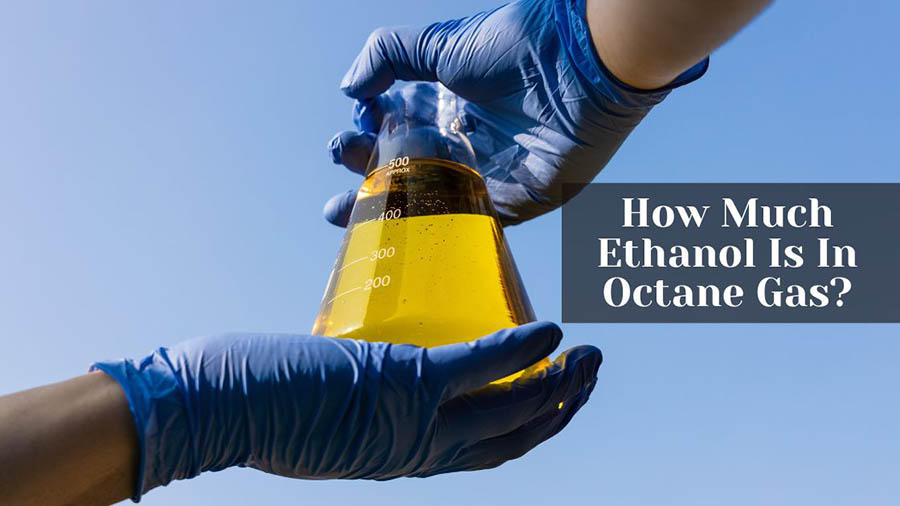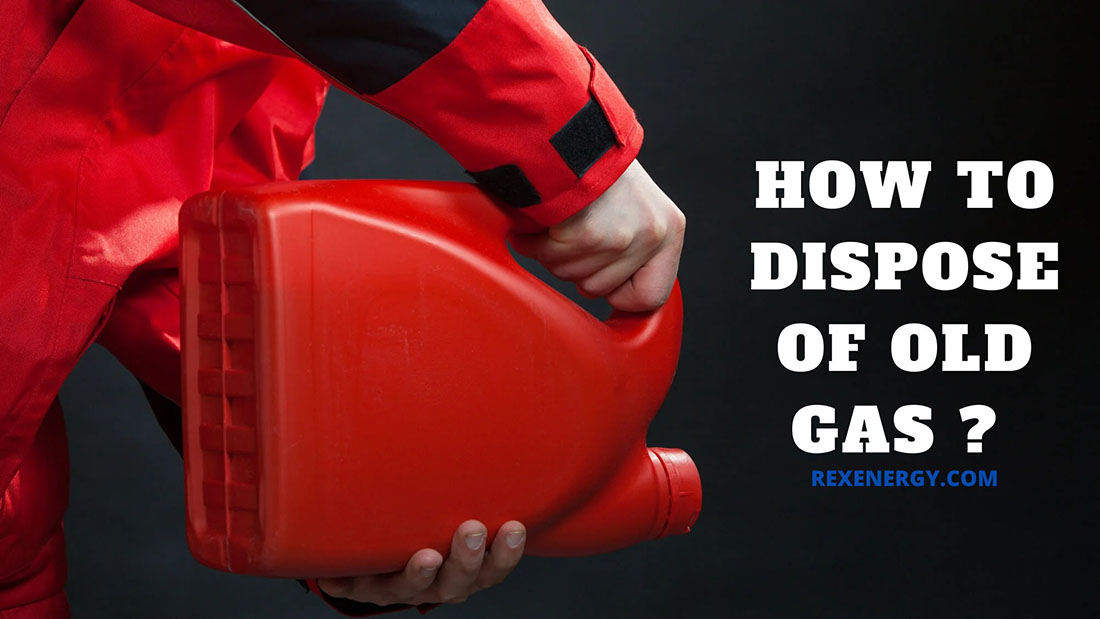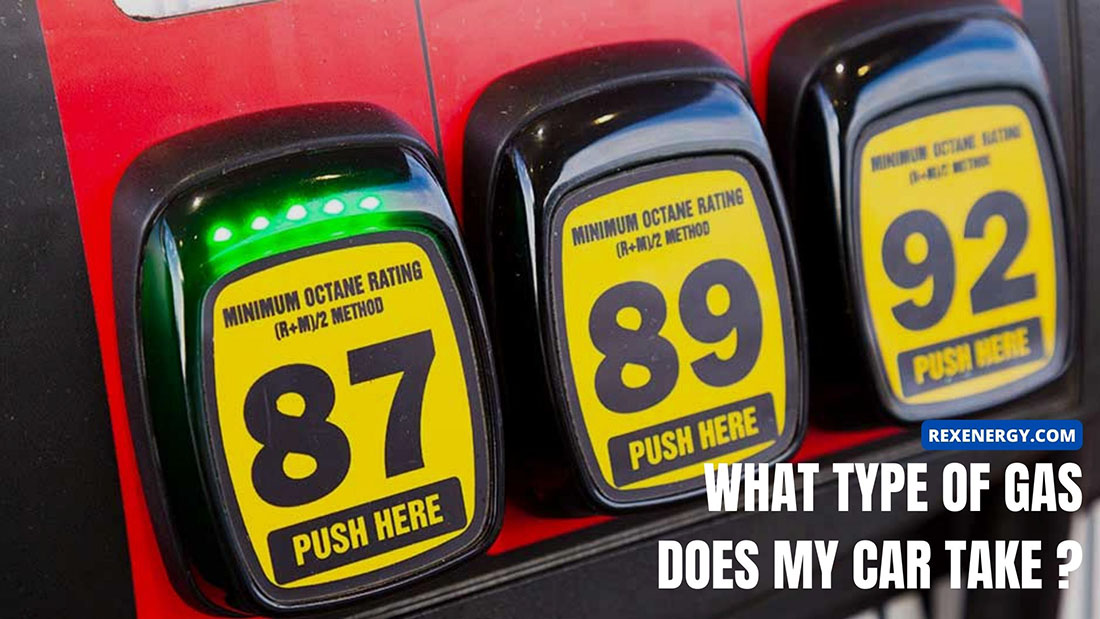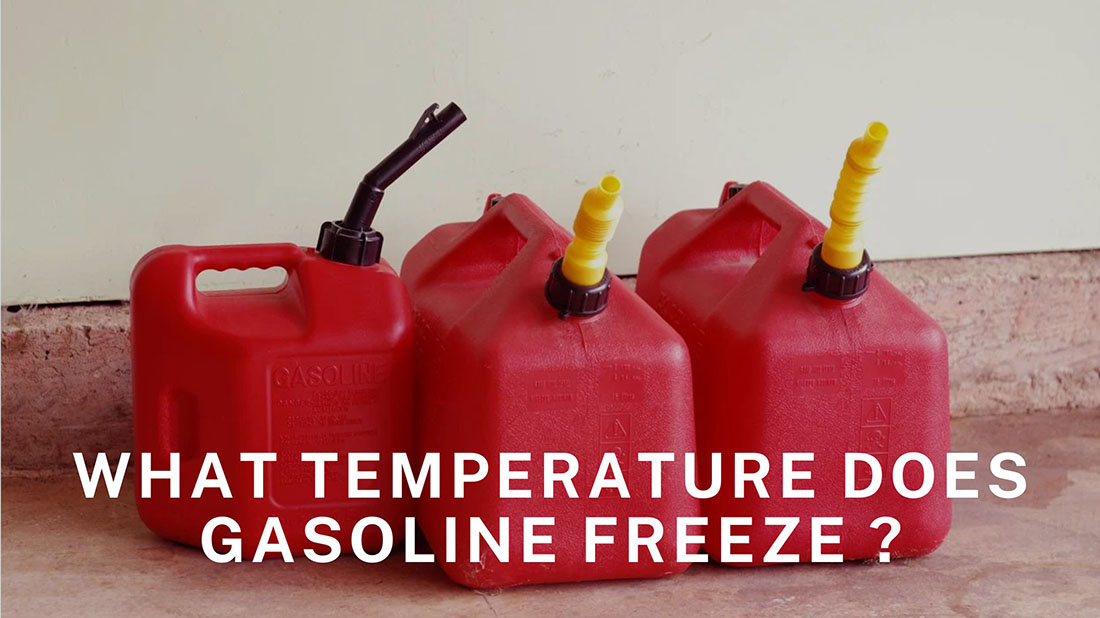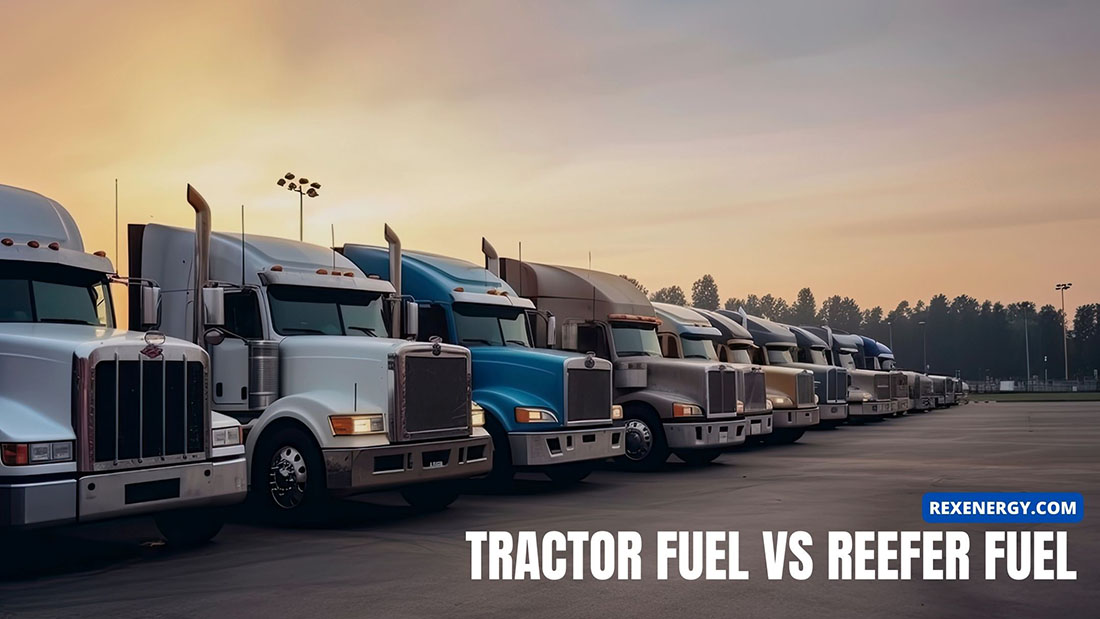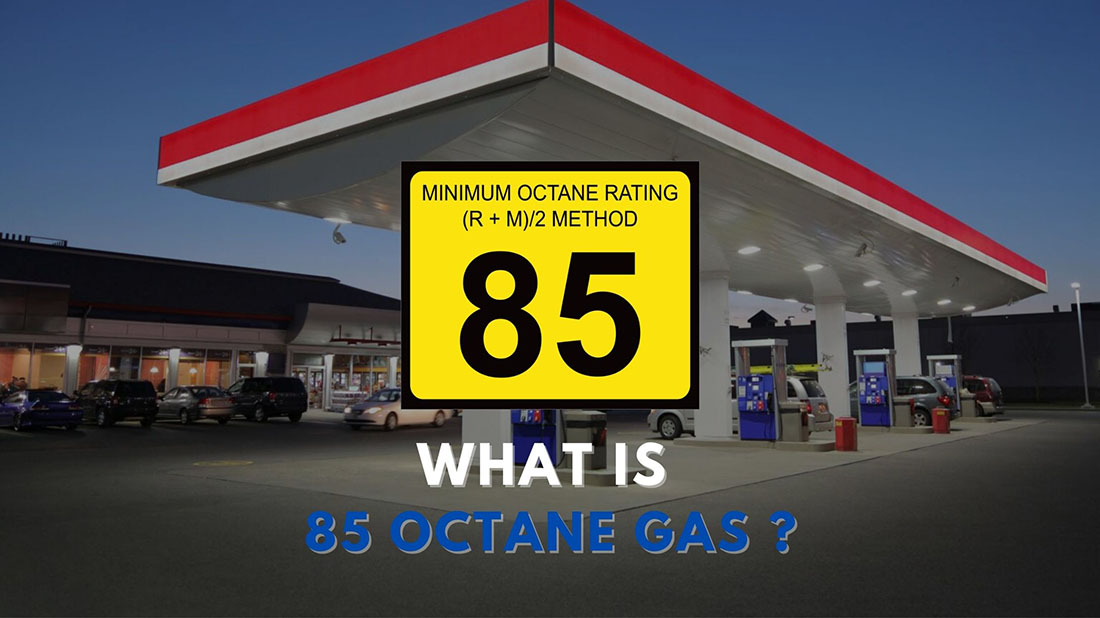Ethanol is a naturally occurring product derived from corn and is further refined into fuel mixture. The amount of gasoline now utilized in modern engines that can be replaced by ethanol varies for transportation purposes.
Let’s take a closer look at the topic with our post. It contains lots of information about ethanol percentage in 87-93 octane gasoline, from its advantages to its disadvantages.
How Much Ethanol Is In 87, 89, 91 And 93 Octane Gasoline?
It is standard practice to include 10% and 5% ethanol in gasoline with an octane fuel value of 87 and 89, respectively. Ideally, 91-93 octane gas doesn’t include ethanol, but there is still 5-10% ethanol in reality. The amount of ethanol in E85 petrol, also known as flex fuel, can reach 85%.
The amount of ethanol may, however, change according to the state in which you reside. For instance, various states have accepted the LCFS (shorts for Low Carbon Fuel Standard).
This mandates that fuel manufacturers steadily reduce their regular diesel and gasoline carbon content. Thus, ethanol content in gas may rise to achieve these requirements.
How Ethanol Affects The Automobile
Since ethanol has been used more frequently in the gasoline supply recently, a greater proportion of the gas sold in America now comprises ethanol. Here are some positive effects that ethanol has on your vehicle’s efficiency.
Cleaner Emissions
In comparison to gasoline alone, ethanol-gasoline mixtures have been found to provide cleaner emissions and better air quality. This is because ethanol burns more cleanly than regular gasoline and reduces the production of dangerous pollutants like particulate matter, hydrocarbon, and carbon monoxide emissions.
Ethanol is a highly effective greenhouse gas exhaust emission reducer compared to competitive fuel derived from petroleum like E-85 gasoline.
Each mile that some cars travel might result in a loss of 29%. Additionally, this fuel mixture has fewer spill issues. Since it is a corn-based substance, ethanol can decompose in about 5 days if it spills.
Lower Maintenance Cost
Lowering maintenance costs is another advantage of putting ethanol in your vehicle. Ethanol aids in engine cleaning and deposit buildup prevention. Your engine’s lifespan can be increased, and its performance can be enhanced. This leads to cost reductions for maintenance.
Enhanced Fuel Economy
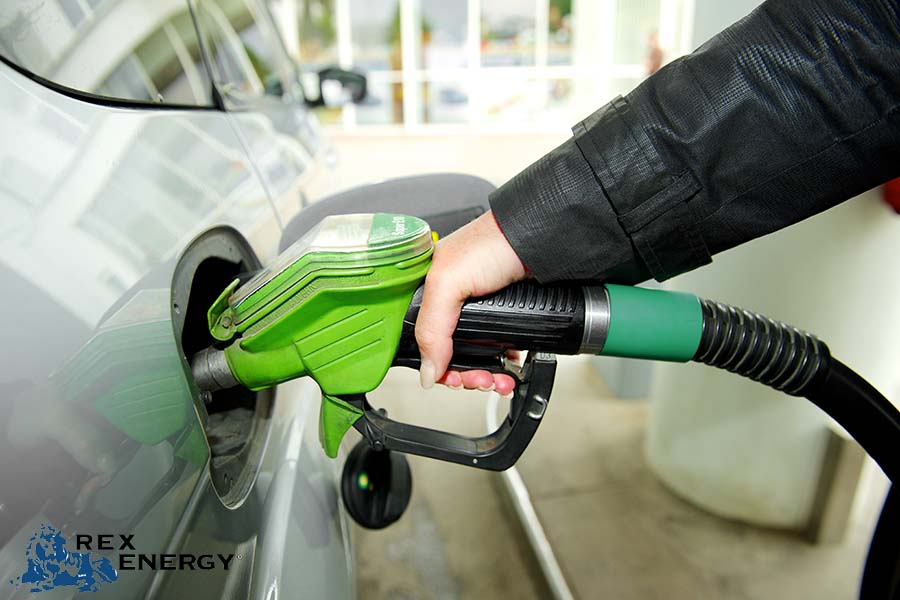
Ethanol can be utilized in engines with higher performance engine levels because it comes with a greater octane level than gasoline. The impact on fuel economy can be increased by blending this type of fuel with gasoline.
This is due to the ethanol’s greater octane rating, which enables more complete combustion and reduces mechanical energy density loss.
Renewable Ability
DDGs (dried distillers grains) and carbon dioxide are the two main byproducts of ethanol manufacturing, which can act as renewable sources. The formation of dry ice, cryogenic freezing, and the use of carbon dioxide as a pneumatic system agent are all possible when carbon dioxide collection technologies are used in ethanol production.
Meanwhile, DDGs are utilized in place of soybean meal or cornmeal in animal feeding stocks. A metric ton of dried distillers grains might substitute for 1.22 metric tons of maize and soybean meal used to make food items.
Downsides Of Using Ethanol
Besides the advantages that ethanol brings, there are also some downsides you need to pay attention to.
Vaporization Issue
Vaporizing pure ethanol is challenging. This makes it nearly impossible to start a car in cold weather, which is why many car owners make it a point to keep backup gasoline. Take E85 autos, which use 15% gasoline and 85% ethanol, as an example.
E85, which contains 85% ethanol and 15% gasoline, is a popular blend. In comparison to E10 (which has 10 percent of ethanol) or pure gasoline, this combination offers low mileage.
Higher Cost
With the fossil fuel type, beginning drilling is all that is required. Drilling doesn’t cost that much. Numerous steps must be taken to produce ethanol energy, including cultivation, distilling, fermenting, and transporting, which can take months to complete.
The whole procedure may be expensive, ultimately raising the ethanol-gasoline price. The crops also require a lot of water to grow, particularly in regions with insufficient rainfall. Additionally, this will increase the ethanol consumer fuel cost.
Corrosion Problem
Even though ethanol may be transported throughout the nation via pipelines, the majority of them have to be modified. The fact that ethanol can absorb water makes it extremely acidic.
The absence of protective technology integrated into distribution networks makes it challenging to transport gasoline over long distances. As the fuel absorbs water, it could taint and harm a vehicle’s idle condition for a long time.
Water Affinity
Pure ethanol can absorb whatever traces are present nearby or in the air because of its great water affinity. The blend of gasoline and ethanol used to power automobiles also falls within this reality.
Due to ethanol’s strong water attraction properties, getting it in the agent’s purest form is challenging because water will always be present in some amount. In actuality, 99.8% pure ethanol is typically stated by automotive manufacturers. This poses a greater risk to maritime users than to normal road users.
As the water component is denser compared to fuel, any water that gets into a fuel tank or storage sinks to the bottom. This will cause a wide range of modest and major engine issues for your car.
Require Large Cropland Space
We now know grains, sugar cane, and corn are used to make ethanol. These are all crops that must be raised on farms. It is necessary to generate this renewable fuel on a huge scale in order to meet the rising demand.
In essence, this indicates that huge amounts of these specific crops will need to be farmed, which calls for a lot of land.
The issue is that not everybody owns this type of land, leaving leasing or renting as the sole choice, which could result in budget-busting expenses. Additionally, this factor might result in the extinction of most plants’ and animals’ natural habitats.
Frequently Asked Questions
Does 93 Octane Have More Ethanol Than 87?
Yes. 93 octane does have more ethanol than 87. There is a common misunderstanding that ethanol is present in lower amounts in higher octane gas. In reality, it contains more.
Although pure ethanol has a minimum octane rating of 100, it behaves as though it has a value of 112 when combined with premium gasoline. Ethanol is used more, not less, in higher-octane mixes like Esso’s 93 and Petro Canada’s 94.
Does Premium Gas Contain Ethanol?
In most states of the USA, you will find 10% of ethanol in these gas types. But premium gas in some states like Montana, Missouri, and Union does not contain ethanol.
The quantity of ethanol in premium gas is the same as in other grades, and it doesn’t deliver any more power or have better additives compared to conventional gas.
What Brand Of Gas Has The Least Ethanol?
Some brands do provide non-ethanol types of fuel, such as Esso 91 and Shell. All other classes offered by the companies contain some ethanol. Still, because the mid-grade mix is pure gas, it has a lower risk of deterioration during storage along with corroding less than ethanol mixes.
The Bottom Line
Now you know how much ethanol in 87-93 montane gasoline is. In comparison to other additions like lead and aromatics, ethanol is an important component in the content of gasoline.
In recent years, the subject of ethanol has gained controversy in the petroleum industry. While some think it’s a more sustainable and environmentally friendly alternative to petroleum, others believe it’s more expensive and ineffective.
The choice to utilize ethanol in your vehicle is ultimately a personal one. Thus, consider all the pros and cons we have listed above, then decide what could work for you.
See also: what is the color of gasoline?

